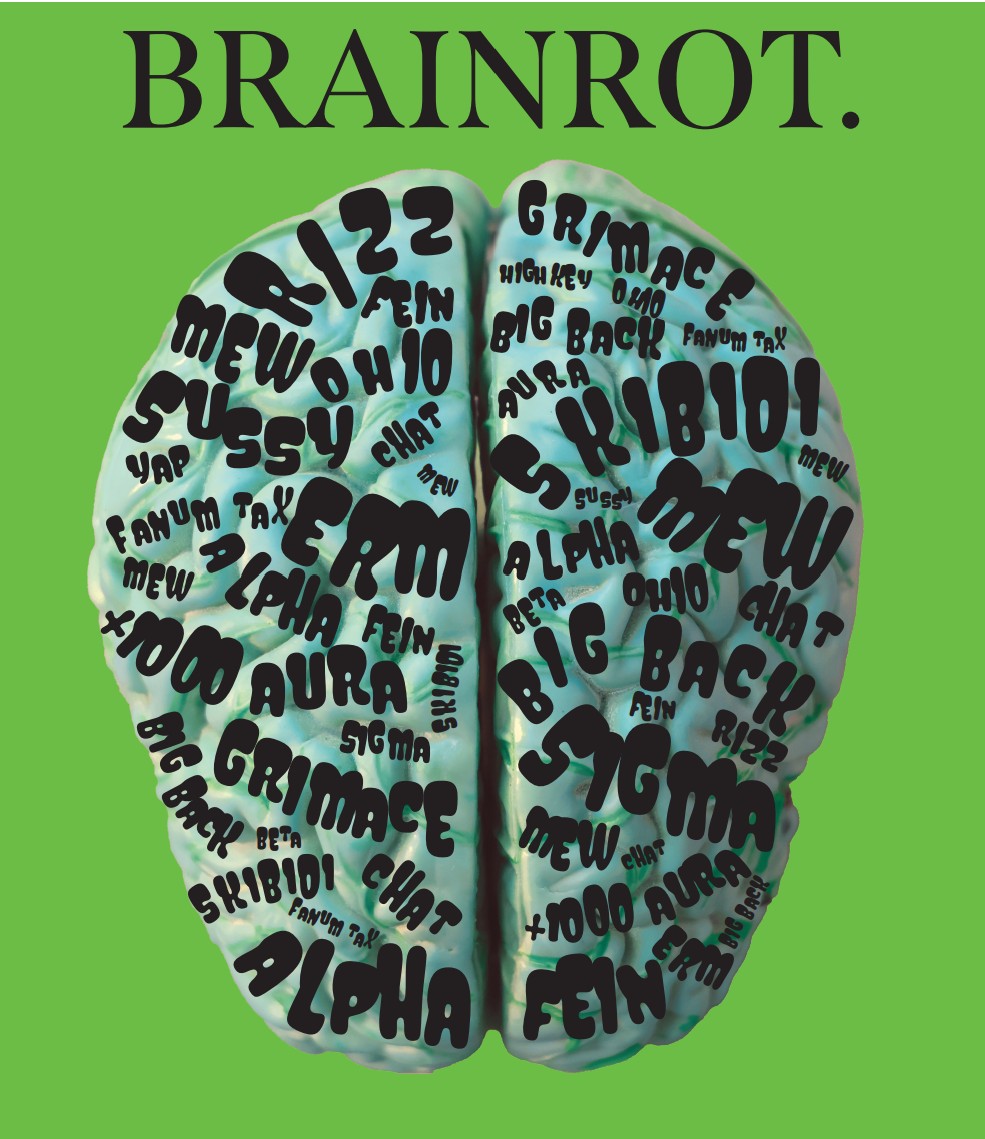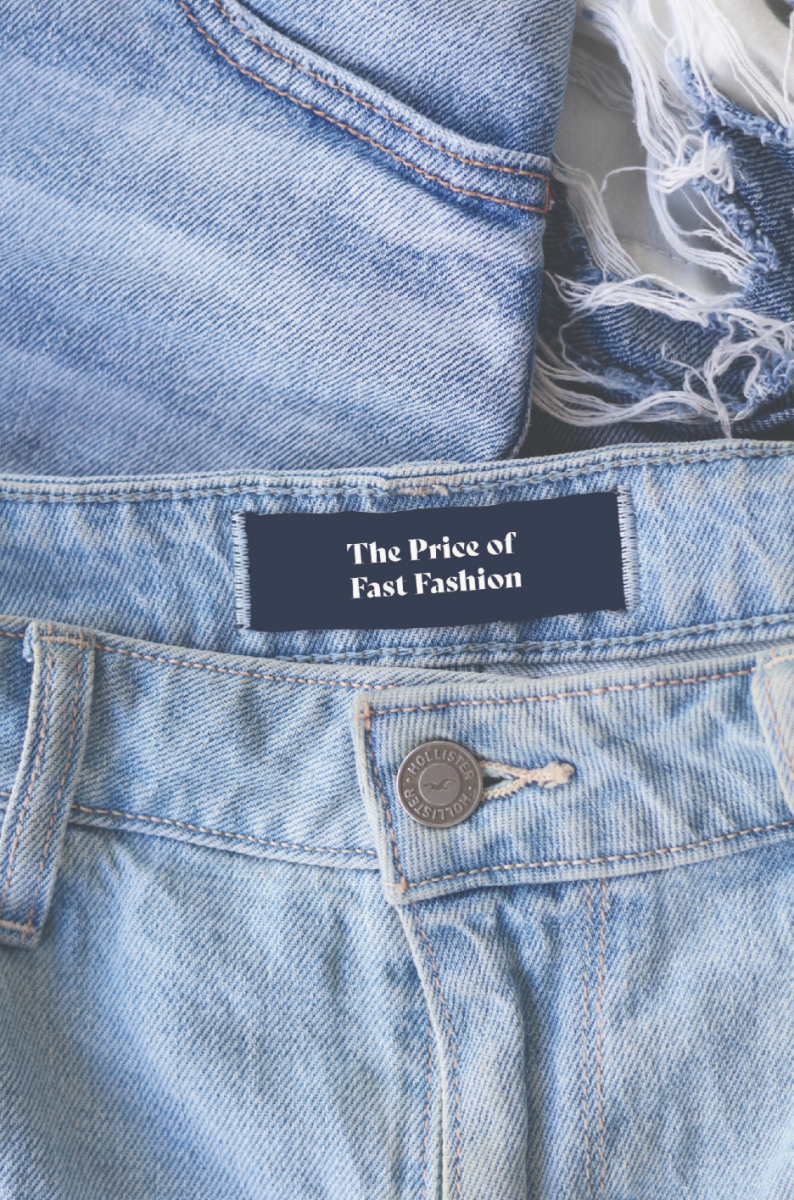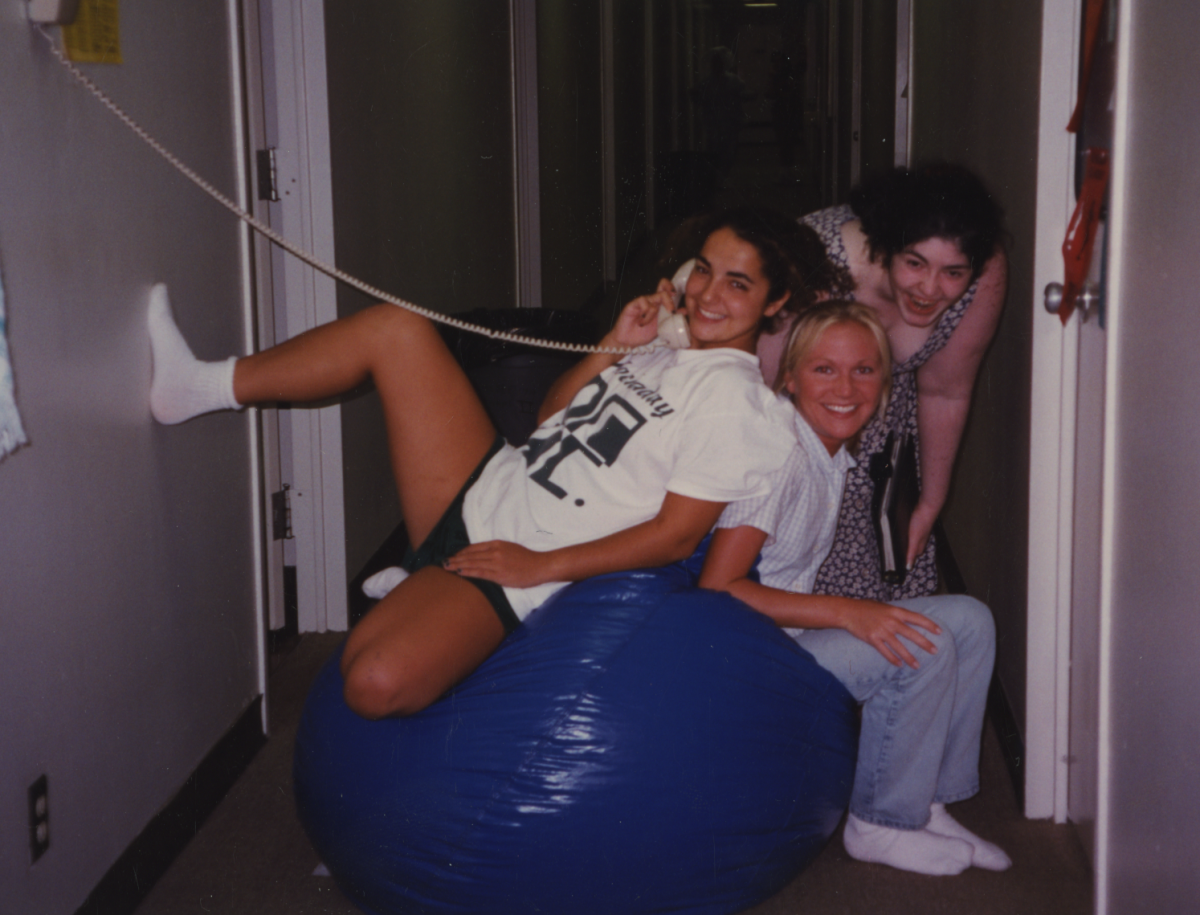A look into the diverse socioeconomic background of Hockaday students.
It is 2012. Current senior Sofi Mira is in eighth grade. She stands outside her school, Richardson North Junior High. Mira, with her mother to her side, receives the news that she has been accepted into Hockaday for the 2012-2013 school year as a freshman. Shortly after, she shares the news with friends. “‘Oh my god. You are going to a rich kid school,’” Mira remembers her friends’ common reaction to her news.
Such instances are frequent when hearing the name Hockaday. However, a diversity of socioeconomic statuses exist within the community. Mira is simply one of many who proves this stereotype wrong.
Mira, who identifies with a lower socioeconomic class, receives financial aid from Hockaday.
“I am definitely down there in terms of money. I am not uncomfortable sharing that,” Mira said. “It’s very real. I can’t pretend I have money if I don’t, especially with college.”
Mira is not the only student who has received comments about attending Hockaday. Senior Anastasia Stewart, who identifies with the upper class, received similar comments from friends over social media when the topic of Hockaday came up. Retweets like, “If you go to Hockaday, buy me a boat,” were appearing on her screen.
“A girl tagged me in it saying, ‘We all know you could,’” Stewart said.
The Hockaday Stereotypes
To an outsider, the property that sits on 11600 Welch Road boasts a wealthy community. Sports fields the color of a country club golf course stand out to passing drivers on Forest Lane. Girls of all ages dot these oceans of green, playing labeled “northeastern” sports like field hockey and lacrosse. Construction trucks and cranes are a constant cause of the Forest Lane traffic and can be attributed to the new science and fine arts buildings that have gone up in the past two years. Pictures of the elaborate May commencement often find their place into Dallas newspapers, displaying pictures of girls in long, white dresses and hats elaborately adorned with fresh flowers. It is no secret that stereotypes about wealth and socioeconomic status surround Hockaday.
And Hockadaisies agree. According to a recent student survey, 90 percent of students in the Hockaday Upper School believe that stereotypes around socioeconomic status exist at Hockaday. Out of 159 responders, 81 replied with terms such as “rich,” “wealth” and “money” as common words to describe preconceived notions about the school.
Dr. Katy Swalwell, a professor from Iowa State University who specializes in the study of social studies education, social justice education and social class, believes that people make inadvertent assumptions about the term “we.” “The ‘we’ is an assumed group of really wealthy people and automatically excludes people that might not fit into that,” Swalwell said.
When asked about the reputation that Hockaday has, Student Diversity Board Chair and senior Hallie Gu said what many believe to be the obvious. “Hockaday is a private school, and the tuition is very expensive,” Gu said.
Tuition ranges from $24,040 to $29,375 for day students and $51,945 to $53,285 for boarding students per year. To put that into perspective, in-state tuition at the University of Texas at Austin is approximately $11,000 per year.
Gu also referred to an article in the Dallas Morning News that labeled the Hockaday graduation ceremony as “a finishing school procession from the antebellum South.”
Senior Sadie Lidji believes that Hockaday is at the root of these stereotypes. “Outsiders see Hockaday, and other private schools, as a ‘rich kid school,’ assuming that financial aid isn’t as common as it actually is. The stereotype starts here and spreads,” she said. Lidji identifies as being a member of the middle class and receives financial aid.
Although it is apparent that as an institution, the school boasts some of the best resources and facilities in the country, students fall across the board in terms of socioeconomic background. But as a community, Hockaday is not homogeneous.
Our Community
In the aforementioned survey, 44 percent of the students who answered said that their family is a member of the upper class. However, 55 percent of the Upper School belongs to some part of the middle class. One percent of students answered that they were at the poverty level.
And according to Stewart, diversity is important in a student body. “Diversity is about celebrating differences, not just telling a bunch of people that are different that they are the same,” Stewart said.
In the 2015-2016 school year, 15.6 percent of the community received some sort of financial aid.
Hockaday’s Chief Financial Officer JT Coats said that the trends in financial aid change over the years, with significant dips and rises. “[Financial aid] steadily increased until 2013-2014, and then what we saw was a little bit of a decrease,” Coats said. Each year, she allots the amount of money she thinks Hockaday will need to cover financial aid.
Although financial aid does alleviate pressures for a family and allows students to receive a first-class education, Coats agreed that it is a stretch to send children to Hockaday no matter a family’s resources.
Coats tries to fight a trend called the barbell effect, which creates two extremes – those with resources that have the means to pay for tuition and those who do not. However, there is a skinny group in the middle. “These are the people that struggle and sacrifice to come to Hockaday–you don’t want to lose people in that group,” Coats said. “You want to be able to provide them aid to really provide true socioeconomic diversity in a school.”
Additional school expenses also come into play. Hockaday, similar to many private schools, allocates a portion of money, called discretionary aid funds, to supporting families in paying the “real price of Hockaday.” Uniforms, sports trips and special senior year expenses (like the white blazer and class ring) fall into this category.
The uniform resale shop gives families an opportunity to purchase gently used uniforms at a low price. Bookstore Manager Dara Williams said that for the coming school year, the administration is looking to alleviate such uniform pressures, especially regarding bookstore sweatshirts, which currently range from $35 to $60.
In terms of textbooks, the bookstore is also trying to lighten financial pressures.
Currently, the cost for books in the Upper School ranges from an average of $650 to $1,000 a year depending on the classes a student chooses. However, Hockaday announced yesterday that it is moving towards a digital textbook system called MBS Direct, where students have various options to rent ebooks, purchase used or new books via Amazon Marketplace and other booksellers.
Privilege – How do we define privilege?
For teachers and students at Hockaday, privilege means a variety of things.
Interim Eugene McDermott Headmistress Liza Lee views privilege as “being able to never [have] to think of class or status or finance.”
“I think that everyone has a moral responsibility to think of all those things, so sometimes I see privilege as sort of a negative term,” Lee said. However, in terms of the education received, Lee believes that all students at Hockaday recognize they are privileged. “I would hope [students recognize their privilege], but I’m not sure one always does.”
Sophomore Maye McPhail, who is a member of the upper class, has a slightly different view. “I think privilege in terms of socioeconomic status is the ability to get most things you want,” McPhail said. “I think everyone knows that they are privileged. A lot of times it’s like a thing people say without really understanding what it means. But I think everyone knows ‘Oh I’m privileged. I am lucky to be here,’ but I don’t think everyone knows why.”
For Upper School Spanish teacher and Student Diversity Leadership Conference chaperone Alejandra Suarez, privilege is more of an action than simply a financial matter. “Privilege for me is the reward of something you’ve earned or something you work towards,” Suarez said. In her opinion, privilege should be something you take ownership of.
By contrast, for senior Tajanae Harris, who identifies with barely enough (on a scale of not enough, barely enough, enough and more than enough), privilege means something different. Harris considers privilege as “having more than enough means” so that your family can afford things such as vacations, extra-curricular activities and tutoring, and that in emergencies, your parents have the means to send you money. “Maybe privilege is never having to do anything for yourself. It’s always someone else [having] to work hard,” she said.
But Harris believes that students don’t always recognize their privilege. “You don’t always appreciate it as much as you could because you’ve had it your entire life,” she said.
To Tresa Wilson, Upper School director of inclusion and community and Student Diversity Board sponsor, privilege is categorized in two ways. The first kind, unearned privilege, is something valuable that a person receives simply because he or she belongs to a certain group.
The second type of privilege, known as conferred dominance, is more difficult to see. This occurs when a group exercises superiority over another group. This is exemplified when a man expects a woman to perform a task but refuses to respond to a woman who asks the same of him. As a man, he feels superior.
Nevertheless, Wilson believes that all members of our community are privileged. “I don’t believe that privilege is a bad thing,” she said. “It’s all about what you do with it.”
Conversations on the Horizon
Wilson emphasizes self-reflection and asking ourselves questions: “What does socioeconomic status mean to me? What are the privileges I have in this world? Who are the people sitting with me or not sitting at ‘the table?’” Wilson said.
Discussions have begun within the Hockaday administration regarding accessibility to Hockaday events and the work hours of parents.
“We are always examining our practices to make certain that every family feels included,” Lee said. For example, meeting times are planned so that the most number of parents can be encouraged to attend.
However, students have a harder time having these conversations. According to Swalwell, students struggle with talking about socioeconomic status and privilege because it makes them uncomfortable. “I think one thing is that people feel guilty,” Swalwell said.
In fact, this trend of discomfort when discussing this topic is palpable within the student body. Only 8.2 percent of the students who responded to the survey feel comfortable talking about it with their peers.
McPhail is afraid that talking about socioeconomic status may turn into bragging. “I think you never want to be in a situation where you’re saying, ‘Oh, I have this and you don’t.’ That’s just coming from my perspective of never having socioeconomic struggles,” McPhail said. “That’s why I don’t talk about it. It’s not because I don’t want to know. It’s because I don’t want to come off like I’m flaunting.”
She is not alone.
Harris neither discusses this topic with her teachers nor her peers. However, she is willing to do so. “It’s good to hear what other people think because I’m just one person, and I don’t have the entire side of the story,” Harris said.
On occasion, Suarez has had students approach her wanting to talk about how uncomfortable they feel when they have to buy extra things such as new dresses and shoes for dances.
“I love my students being able to stand up for who they are and what they believe in,” Suarez said. “I think the courage to openly speak about it or say, ‘You know, at this moment, I am not able to buy this shirt’ and not having to give an explanation of why, is something that I always encourage my students to do.”
Lidji believes that diversity discussions on campus relating to race, ethnicity and religion have increased. However, there is still a need for conversations regarding socioeconomic status. “I absolutely do not think we talk about socioeconomic status enough at Hockaday. In my opinion, it’s one of the most taboo subjects one could bring up within the Hockaday environment,” Lidji said. “There’s something about socioeconomic status that feels too far to people for some reason, and I think that needs to change.”
To help schools such as Hockaday with students from diverse socioeconomic statuses bridge the gap and to allow those of lower economic statuses feel more comfortable, Swalwell suggests that it is partly the duty of the school to introduce such conversations of social injustice surrounding socioeconomic status through curriculum, including the history and consequences behind privilege.
“It’s for [students] to feel like, alright, I’m reviewing how things actually work, so if we don’t like how that works, then what can we do to use the resources and advantages that we have to try to make the system a better system for everybody,” Swalwell said.
Wilson has a similar view, and encourages students to spark change. “In the end, what will your legacy be? How do you use your privilege to bring about change?” Wilson said.
The topic of privilege and socioeconomic status is not new to the Upper School. The Student Diversity Board conducted a socioeconomic status and privilege forum in February of 2015. However, according to Gu, it did not have the effect she had hoped. Although she has had these conversations with several of her friends, they did not feel comfortable sharing their experiences with others.
“The conversation was not very deep,” Gu admitted.
Wilson suggests giving our community time to process these questions, formulating our own opinions and making mistakes. “Building an inclusive community is about surrounding yourself with diverse and multiple perspectives that lead to a healthy resolve,” Wilson said. “This is not a race, but a journey. We are all on a continuum together.”
Thus, Gu hopes to have another forum regarding privilege and socioeconomic status to encourage more awareness surrounding this topic. Right now, only three percent of students often discuss this topic with their peers and teachers.
The need for discussion is reflected through an anonymous opinion from the survey.
“When you’re not as rich as most kids, they tend to ask, ‘Why didn’t you get the new computer’ and all you’re left to do is shrug and say, ‘I guess I just didn’t want it’ because really, who’s going to say, ‘I couldn’t afford it?’”














